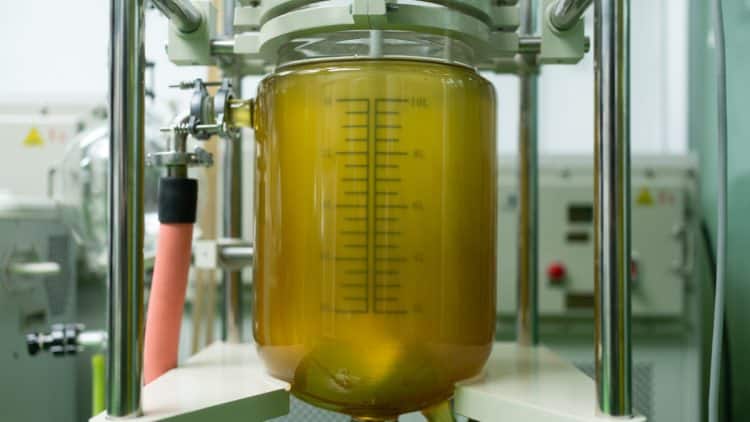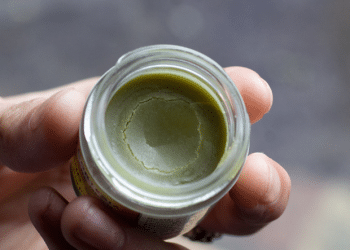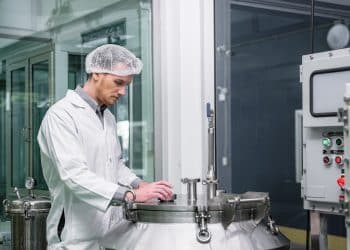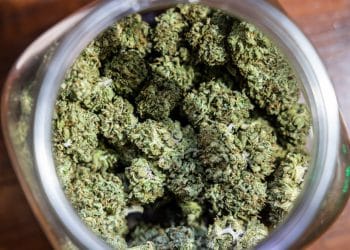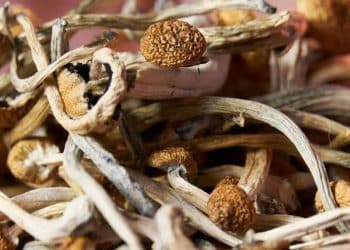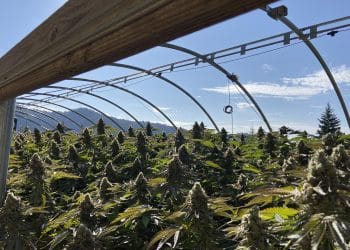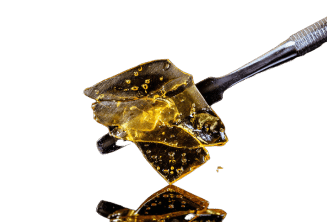Cannabis extracts and concentrates are not completed with a single process. In fact, extraction is only the first stage of the processing procedure. Once the desired cannabinoids are isolated and extracted, there are additional steps required to purify the compounds into their purer form. After the initial extraction, the first stage of the post-processing purifying procedure comes in one of two forms: winterization or de-waxing. To a certain extent, these processes are similar and can both achieve the desired effect of removing additional contaminants like wax, lipids, cellulose, or oil. However, the differences between them can alter the finished product.
Winterization
In the simplest terms, winterization is the process of removing unwanted compounds from the cannabis extract. [1] These unwanted compounds can be fats, lipids, or oils still present in the cannabis extract. These contaminants are all non-polar, and if left in the distillate can alter the taste and flavor of the final product.
By bringing the solvent to its freezing point, each part of the solution separates into clearly defined layers of constituents. This is where the term “winterization” comes from. To a lesser extent, this same type of physical reaction can be witnessed with fatty foods that are put in the refrigerator. When the dish is warm, the oils in the food exist in the liquid form that mixes all the ingredients together. When cooled, the oils in the dish harden into a layer of fat that separates it from the rest of the ingredients. [2]
Aside from the solvent used in winterization, there are two other variables that affect this process: how cold the freezer is and how long the solution is allowed to sit. Winterization usually relies on standard freezers, and the temperatures range from -20 °C to -40 °C. Ethanol freezes at -114 °C, which is significantly lower than the lipid freezing point of 4 °C. This is why winterization is so effective at isolating the remaining oils and lipids from the cannabis extracts. The fats solubilize in ethanol, freeze, and then are easily separated from the rest of cannabis extract during the filtration process. At this point it is easy to separate the unwanted lipids, oils, and chlorophyll. The winterization and filtration procedure are often performed more than once, to make sure the remaining cannabinoids are free from any unwanted fat, lipids, waxes and chlorophyll. There are two strategies when it comes to winterization: static or continuous. [3] Static winterization is the process described above where the solvent sits in a freezer for an extended amount of time. Using a more aggressive approach, continuous winterization can help speed-up the filtration process.
De-waxing
One form of continuous winterization is called de-waxing, which gets its name from the wax it removes in addition to the lipids and chlorophyll. [4] To effectively de-wax a cannabis extract, the sample is placed into a closed loop system, typically a vertical hydrocarbon extraction system or some other glass reactor, where it is then washed continuously with a solvent. [5][6] Instead of ethanol, de-waxing more commonly uses butane as a solvent. The entire system is then cooled below freezing, which has the same physical effect as static winterization in separating impurities from cannabinoids. De-waxing has a targeted temperature ranging from -40 °C to -80 °C, which means the entire process lasts for one to two hours. This continuous washing and aggressive freezing allows de-waxing to speed up the filtration, but it requires a more complicated set-up to be performed correctly.
Determining the Advantages
The amount of time each technique takes and the differences in solvents will both play a role in determining which process is ideal. Starting with static winterization, the clearest advantage is the simplicity of setup. It requires a standard freezer, and some ethanol to isolate the cannabinoids. In this regard, even smaller extraction operations can effectively purify their extracts with lower upfront costs. De-waxing requires complex equipment configurations, but the time saved allows for more frequent filtration to occur. Additionally, with a closed system it is possible to reclaim some solvent used, which may lower the operating costs in the long run. Financially, de-waxing may prove beneficial for larger institutions. The ultimate determining factor comes down to how the final products are intended to be used. With static winterization, it is possible for a significant amount of terpenes to be removed with the lipids and oils. [7]
Because de-waxing occurs in a closed system, terpenes remain trapped within the sample, allowing more of the subtle flavors to be preserved in the final product. That being said, because static winterization removes more unwanted compounds, it leads to a higher purity of cannabinoids. If the manufacturer desires a purer extract with less additional terpenes influencing the taste or smell, static winterization provides the advantage.
Preserving the flavor profile with a shorter filtration period puts de-waxing ahead of static winterization. When only focusing on equipment, solvents, and filtration time, the differences are minor. Both strategies lead to highly concentrated forms of cannabis extracts, but how these extracts will be used by consumers may be the deciding factor in determining which filtration system is best.
References:
- Grijó, Daniel Ribeiro, Ignacio Alberto Vieitez Osorio, and Lúcio Cardozo-Filho. “Supercritical extraction strategies using CO2 and ethanol to obtain cannabinoid compounds from Cannabis hybrid flowers.” Journal of CO2 Utilization 28 (2018): 174-180.
- Tominaga, Toshihiro, and Shigetoshi Matsumoto. “Diffusion of polar and nonpolar molecules in water and ethanol.” Bulletin of the Chemical Society of Japan 63.2 (1990): 533-537.
- Skau, Evald L., et al. “Phase relations pertaining to the solvent winterization of cottonseed and peanut oils in acetone.” Journal of the American Oil Chemists Society 27.12 (1950): 556-564.
- Fairbairn, J. W., and J. A. Liebmann. “The extraction and estimation of the cannabinoids in Cannabis sativa L. and its products.” Journal of Pharmacy and Pharmacology 25.2 (1973): 150-155.
- Haleyur, Nagalakshmi, et al. “Comparison of rapid solvent extraction systems for the GC–MS/MS characterization of polycyclic aromatic hydrocarbons in aged, contaminated soil.” MethodsX 3 (2016): 364-370.
- Pérez, Ángel, et al. “Winterization of peanut biodiesel to improve the cold flow properties.” Bioresource technology 101.19 (2010): 7375-7381.
- Galal, Ahmed M., et al. “Naturally occurring and related synthetic cannabinoids and their potential therapeutic applications.” Recent Patents on CNS Drug Discovery (Discontinued) 4.2 (2009): 112-136.
